
The Importance of Interoperability in Digital Identity
Our increasingly interconnected “global village” allows people to instantly communicate, trade, and work together across continents, transcending geographical barriers. Unlike

Our increasingly interconnected “global village” allows people to instantly communicate, trade, and work together across continents, transcending geographical barriers. Unlike
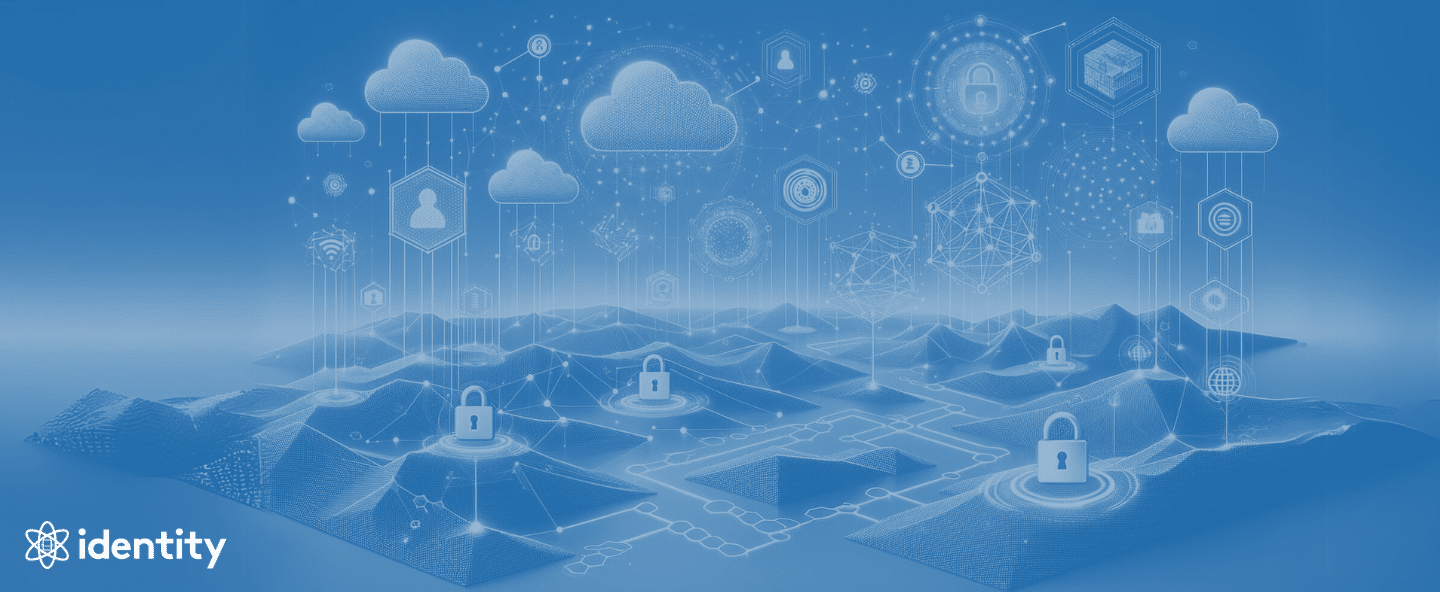
Our identities go far beyond just our names and faces in this digital age. Think about it – every time

Key Takeaways: Digital identity encompasses the collective data that defines us in the online space. This includes personal identifiers, behavioral
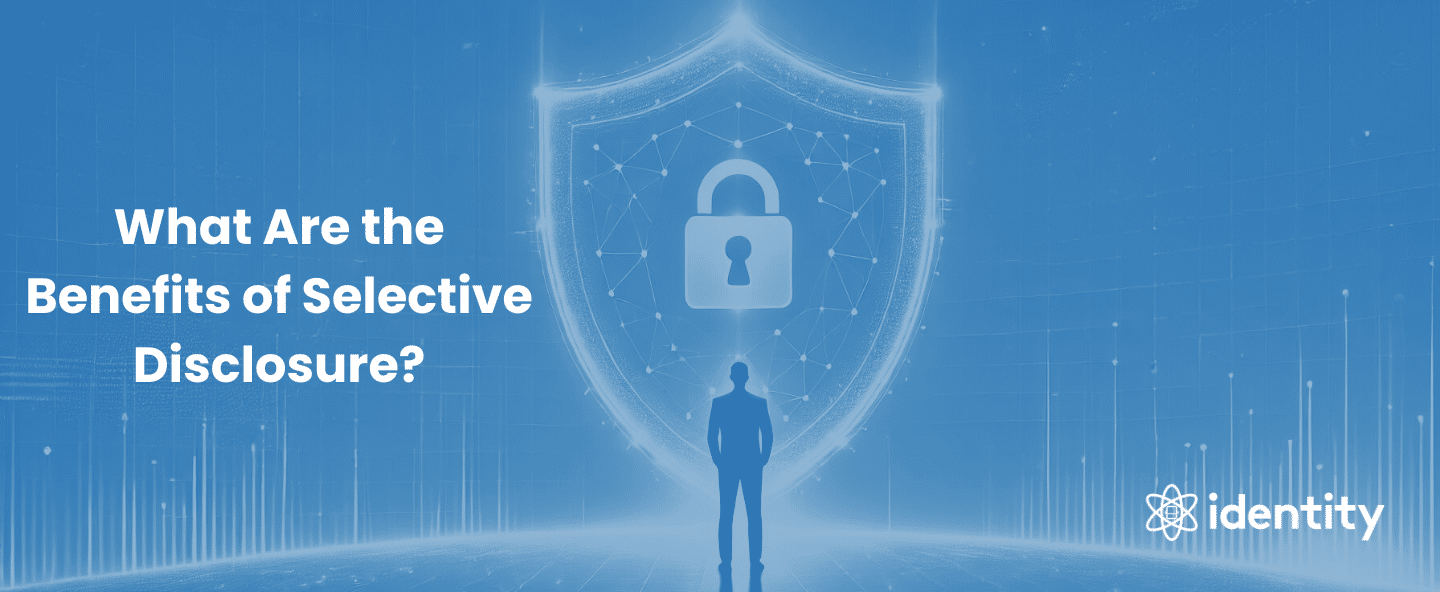
Selective disclosure is transforming the way we share information by allowing individuals to provide only the specific details required for

Key Takeaways: The Metaverse is a virtual environment that integrates augmented reality, virtual reality, and blockchain to create immersive experiences.
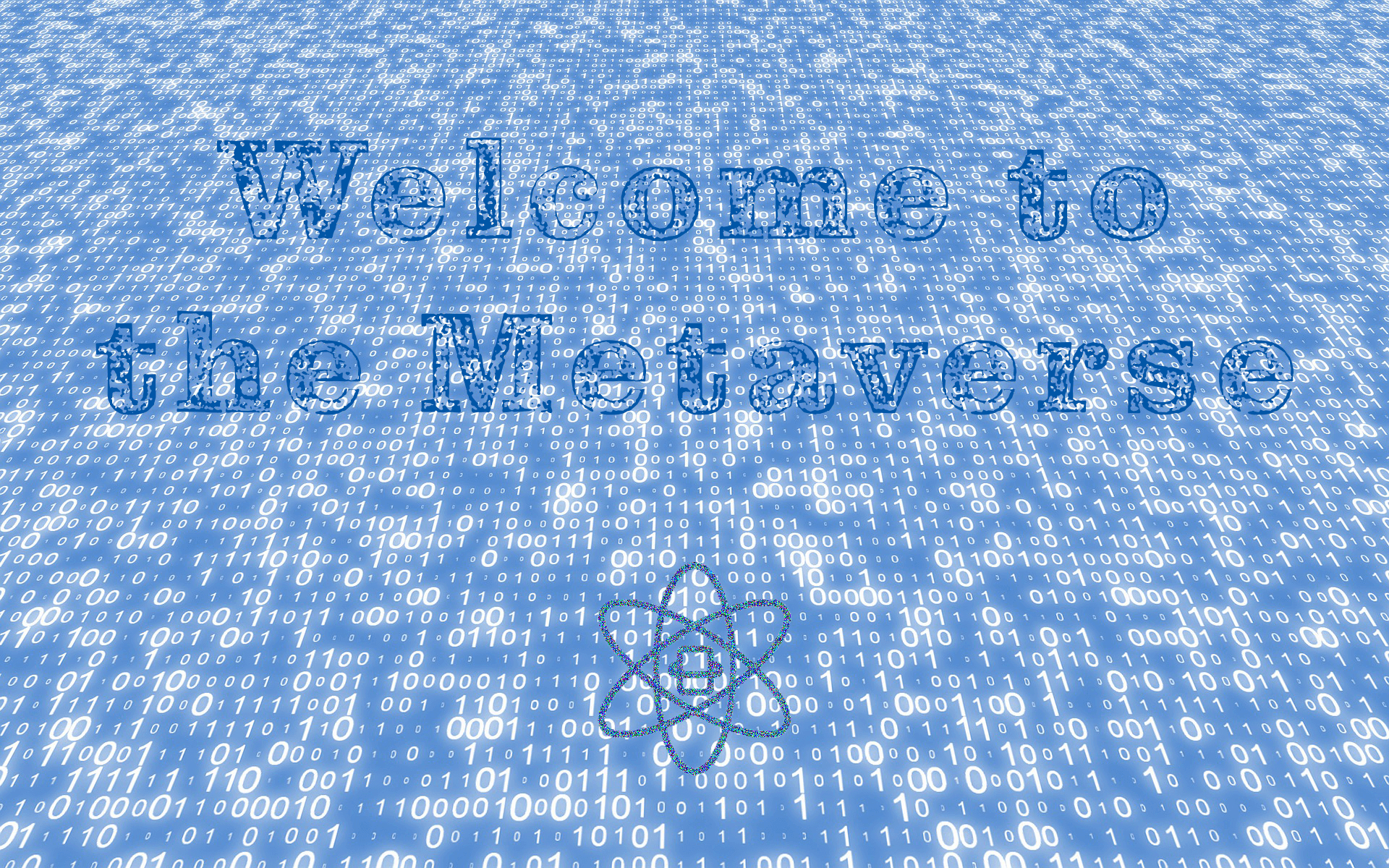
Key Takeaways: The metaverse refers to a virtual, immersive world where people interact with digital environments, each other, and digital

Key Takeaways: AI spoofing involves using advanced algorithms to create highly realistic but fraudulent content. Attackers manipulate data to deceive
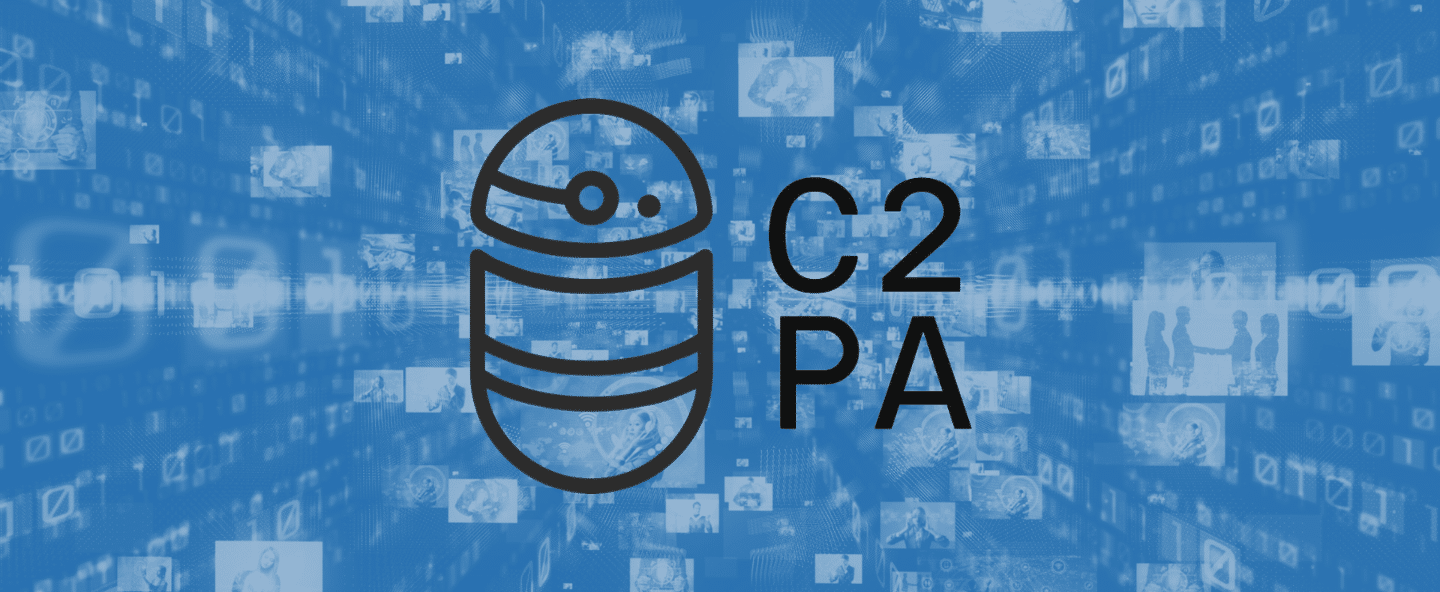
Digital provenance is crucial for ensuring the authenticity and integrity of digital content, especially in an era characterized by misinformation
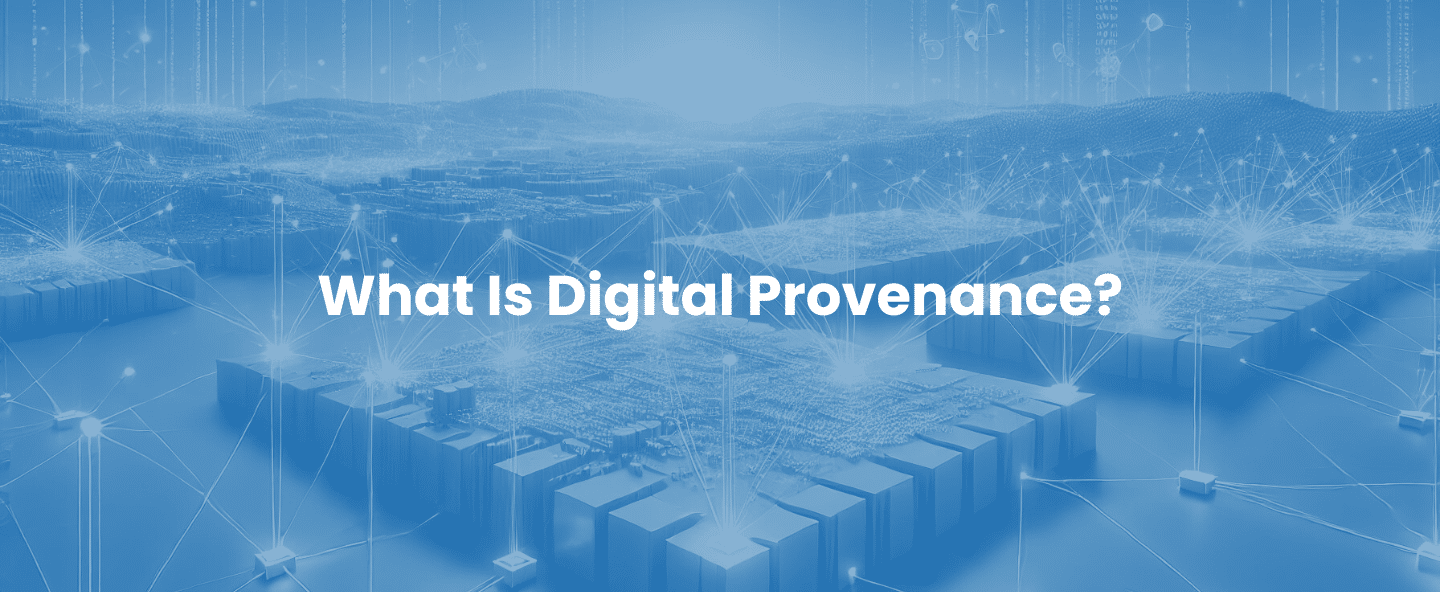
Data has become the new currency in the digital age, driving decisions for individuals and organizations. Its true value lies